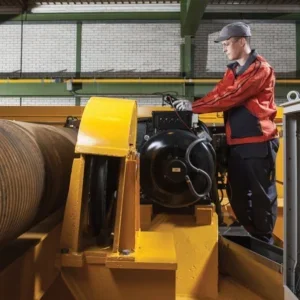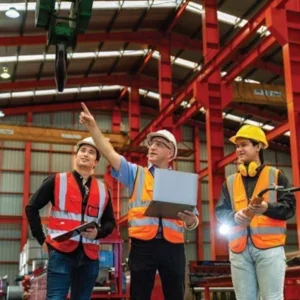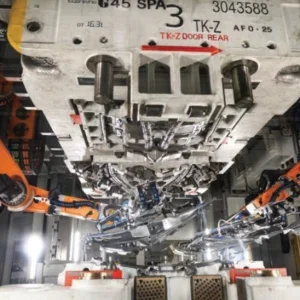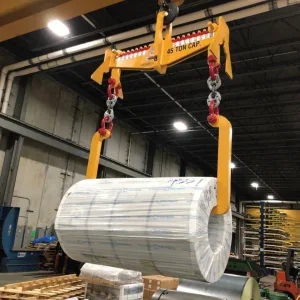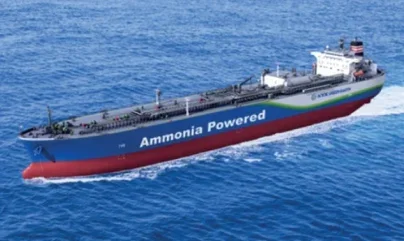
A consortium of Japanese companies have signed contracts to build the world’s first ammonia-fuelled medium gas carrier with Japanese engines.
The 40,000 cubic meters ammonia carrier order will be delivered in November 2026 by Japan Marine United Corporation’s Ariake Shipyard and will have an ammonia dual-fuel two-stroke engine produced by Japan Engine Corporation.
The auxiliary engine will be an ammonia dual-fuel four-stroke engine produced by IHI Power Systems.
Details of the vessel released by Nippon Yusen Kaisha (NYK) show that the main engine will run on a fuel mix of up to 95% ammonia, while the ammonia mix in the auxiliary engine will be 80% or more, with the remainder of the fuel mix being a pilot fuel oil.
The expected fuel mixes will enable greenhouse gas emissions reductions of up to 80%.
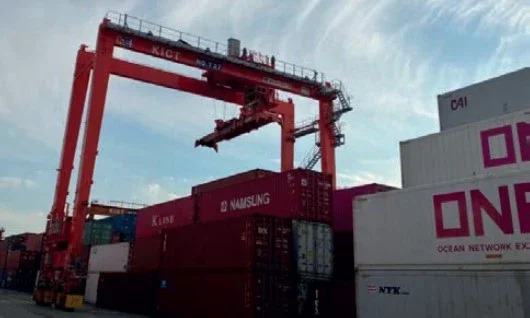
The order is confirmed thanks to a series of contracts between NYK, Japan Engine Corporation, IHI Power Systems, and Nihon Shipyard, companies selected in 2021 by Japan’s New Energy and Industrial Technology Development Organization (NEDO) for its Green Innovation Fund Project.
Along with ClassNK, the companies form a consortium which has been working on creating and commercialising vessels that use Japanese-built ammonia-fuelled engines.
The challenges overcome by the ship design include ammonia’s flame retardancy, negating nitrous oxide emissions and ammonia toxicity.
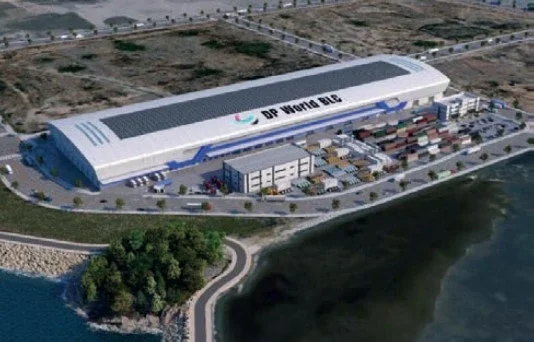
The consortium’s work on ammonia toxicity and ship design fed into the development of ClassNK’s safety guidelines for ammonia-fuelled ships.
“After the ship is completed, the consortium will continue to operate the vessel for demonstration purposes to show the vessel’s performance, including environmental friendliness, practicality of the operation manual, and to provide user feedback to shipbuilders and marine equipment manufacturers for further improvements,” the group said.
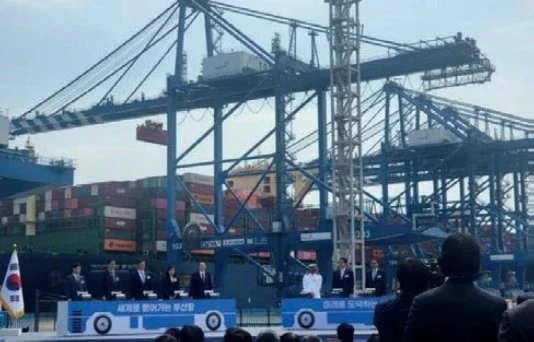
Elsewhere in Japan, Mitsui OSK Lines (MOL) is converting the engine of a rubber-tyred gantry crane at a terminal it controls in Kobe from diesel to hydrogen, receiving government funding to help with the project at Kobe International Container Terminal.
“In Japan’s ports and waterfront areas, the development of carbon neutral ports is being pursued to upgrade port functions for decarbonization and to improve the environment for the adoption of hydrogen and other clean alternative fuels,” reported Mitsui OSK Lines.
Japan’s Basic Hydrogen Strategy identifies hydrogen as the alternative to fossil fuels as it targets decarbonisation.
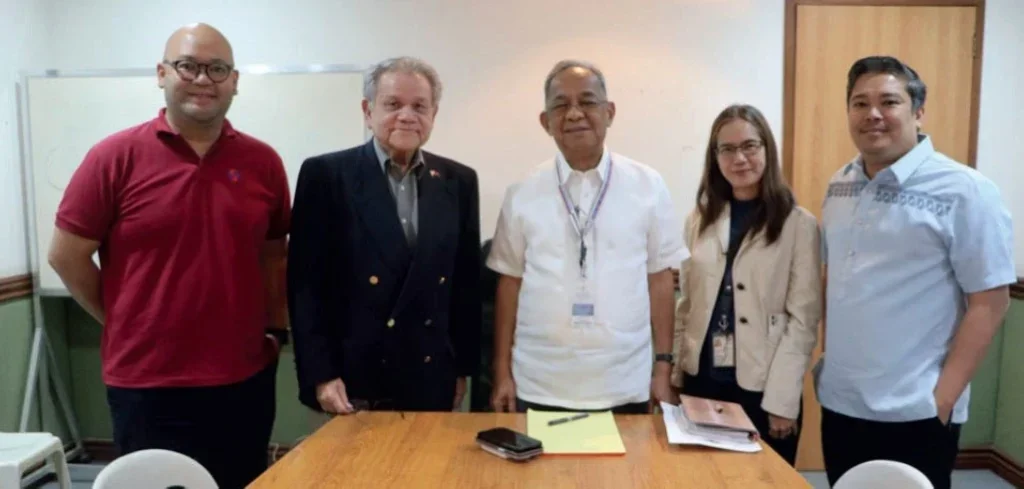
As part of its strategy, Japan has committed to a target of 3m tons a year of hydrogen by 2030, 12m tons a year by 2040, and 20m tons a year by 2050.
In other news, Busan New Port has unveiled its first fully automated container terminal in Korea.
Hybrid tests were conducted for horizontal transport using Automated Guided Vehicles (AGVs) in preparation for the opening of the sixth and final terminal at Busan New Port, which was formally inaugurated in April.
The Busan Port Authority operates both the container gantry cranes on the ocean and the landside cranes in the yard completely mechanically.
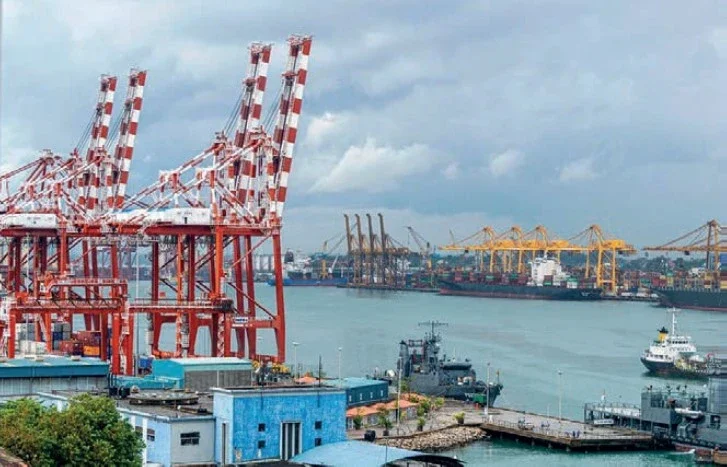
This combines the Dongwon Global Terminal (DGT) with the implementation of completely automated horizontal transportation using AGVs.
Horizontal transport was extensively tested at the terminal before its implementation, although the Terminal Operating System (TOS) was not yet operational. Piscesoft and Akquinet, the partner firms, collaborated to create hybrid test scenarios.
“We supplied the real AGVs with all the necessary data from the future TOS and were able to run the horizontal traffic at the terminal under real conditions before commissioning, even though no ship had yet been unloaded,” said Holger Schütt, MD, Akquinet’s Port division, using Akquinet’s Chesscon simulation software.
Jungwoo Kim, head of Management and Operation at DGT, added: “DGT’s innovative approach to integrating the Digital Twin environment with real AGVs to streamline the validation process is truly commendable. It’s inspiring to see how DGT tackles challenges head-on, setting new standards in efficiency and innovation within the industry.”
In March, DP World announced a $50m investment to build a logistics hub at Busan Port, China, intended ‘to boost the port’s position as a logistics centre for Northeast Asia while also bolstering the worldwide status of the Busan-Jinhae Free Economic Zone (BJFEZ) in commerce and logistics.
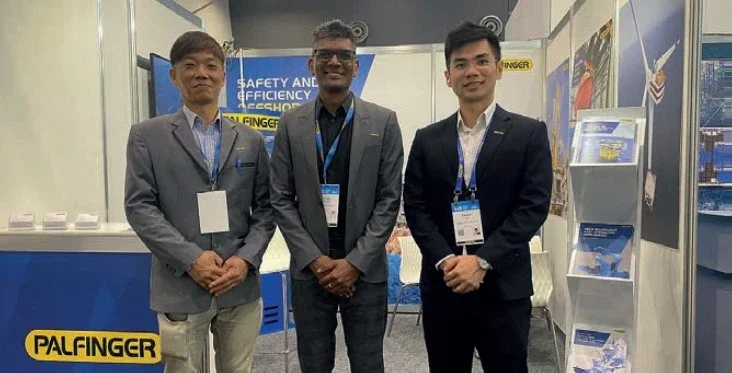
Construction on the 75,000-squaremetre site is scheduled to begin at the end of 2024, with operations likely to start in the second quarter of 2026.
By 2028, the DP World Busan Logistics Centre (BLC) will be capable of handling almost 80,000 TEU of cargo per year while also providing local and regional clients with logistics services such as assembly, processing, and packaging.
“With this major investment, we will be able to combine our strong freight handling and multimodal transportation capabilities with new warehousing and logistics solutions to provide customers in South Korea a more seamless end-to-end supply chain offering,” said Glen Hilton, CEO/MD, Asia Pacific, DP World.
“The DP World Busan Logistics Centre will cement Busan New Port’s position as a key supply chain hub for Asia Pacific, and thus empower local and international businesses to seize the expanding opportunity in intra-Asia trade.”
As part of the $50 million investment, DP World will connect BLC’s operations with freight handling solutions from PNC and UNICO Logistics’ transcontinental rail freight services.
PHILIPPINES
Subic Bay Metropolitan Authority (SBMA), a governmental agency of the Philippines, is reportedly looking to partner with two Spanish ports to promote more businesses and marine vessel traffic between the Philippines and Spain.
Numeriano Bouffard, president, Tourism, Federation of Philippine American Chambers of Commerce (FPACC), visited Eduardo Jose Aliño, chairman, SBMA, recently to initiate ties with the ports of Barcelona and Bilbao.
“This is welcome news from both our countries. Both the Ports of Barcelona and Bilbao are gearing towards conducting business in renewable energies, something that the Subic Bay Freeport could learn from,” said Aliño.
He added the agreement between SBMA and the Ports of Barcelona and Bilbao will be formed through FPACC, as part of a Memorandum of Understanding (MOU) to promote mutual business interests, trade, and business.
FPACC president Bouffard was in Subic Freeport to invite Aliño as a guest speaker to an event in Florida this month.
SBMA will also be launching trade missions to Spain this year, to promote Subic ports and logistics and renewables companies.
The Port of Barcelona is currently in the process of establishing a zero-emission nautical bus service powered by solar panels or hydrogen, which will also be connected to an electrical grid.
The management board of the Port of Barcelona has approved the use of six hectares of area in the energy wharf for future green fuels and manufacturing plants. Meanwhile, the Port Authority of Bilbao is preparing for the second phase of the central breakwater and electrification of docks, providing ships with electricity while their engines are turned off.
SRI LANKA PORTS AUTHORITY
Sri Lanka Ports Authority (SLPA) is set to bolster its operations at Colombo Port’s East Container Terminal (ECT) with two more STS gantry cranes.
SLPA chairman Keith Bernard said the acquisition of the cranes, combined with three already received earlier this year, will enable the ECT to redeploy three cranes to the Jaya Container Terminal, enhancing its operational capacity.
Bernard added, amid the ongoing Red Sea crisis, which has led to heightened cargo volumes, the equipment will facilitate quicker cargo clearance, ensuring smoother port operations.
Last year SLPA witnessed significant growth, handling 1,965,128 TEUs compared to 1,925,895 TEUs in 2022, reflecting a 2% increase. Meanwhile, the Port of Colombo (POC) managed 6,951,003 TEUs, marking a 1.17% growth from the previous year.
To further modernise its infrastructure, SLPA will receive eight more STS gantry cranes and 40 ARMG cranes from China, with an investment of $282m.
Bernard outlined plans to solicit Expressions of Interest (EOI) for the development of Galle Harbour into a tourism port, alongside proposals for the enhancement of Kankesanturai Port for both passenger and cargo operations.
Awaiting a $61 million credit facility from India, SLPA aims to bolster KKS Port’s infrastructure, signalling its commitment to expanding and upgrading Sri Lanka’s maritime capabilities.
PALFINGER AUSTRALIA
The Marine division of Austrian crane and aerial lift manufacturer Palfinger has opened a facility in Perth, Western Australia.
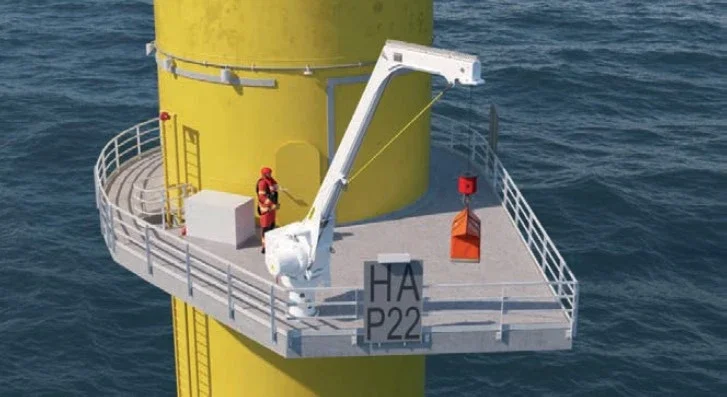
The first Palfinger facility in Australia or New Zealand will provide marine related lifting equipment and accessories for the offshore, oil & gas and cruise industries as well as products such as free fall and conventional lifeboats. The facility will also support two existing partners in the country.
“As a provider of complete solutions, Palfinger is constantly driving forward its own market positioning. We want to be as close to the customer as possible. That is why we are increasing our presence in regions such as Australia to focus even better on the specific needs of our local customers and partners,” said Gerhard Sturm, senior VP, Palfinger Group.
“With more than 25 brands, we are uniquely positioned as an Original Equipment Manufacturer providing multi brand service with extensive know-how and expertise in that region. By opening the new office in Perth, we are expanding our partnerships in Australia and further strengthening our position in the market.”


